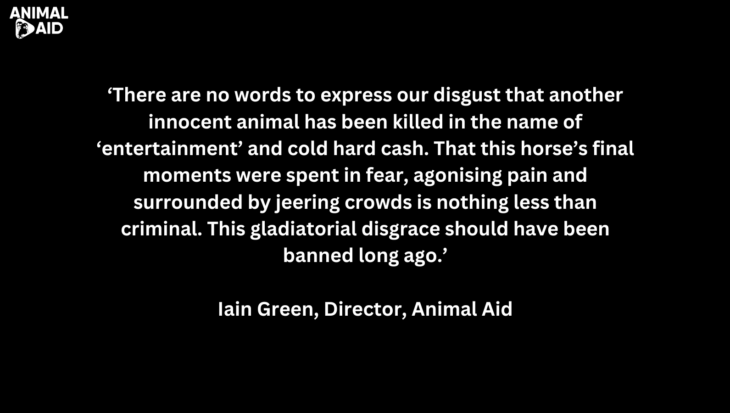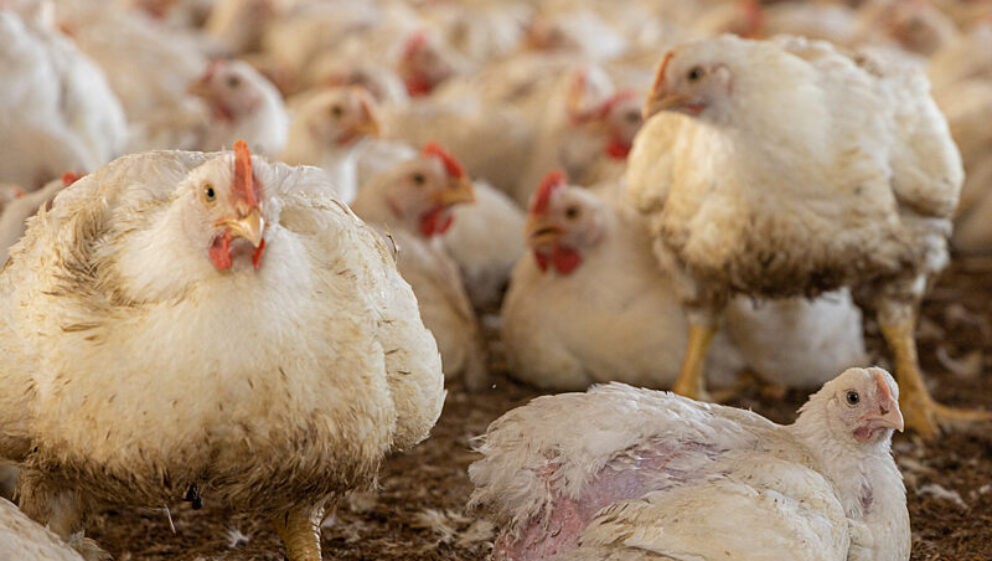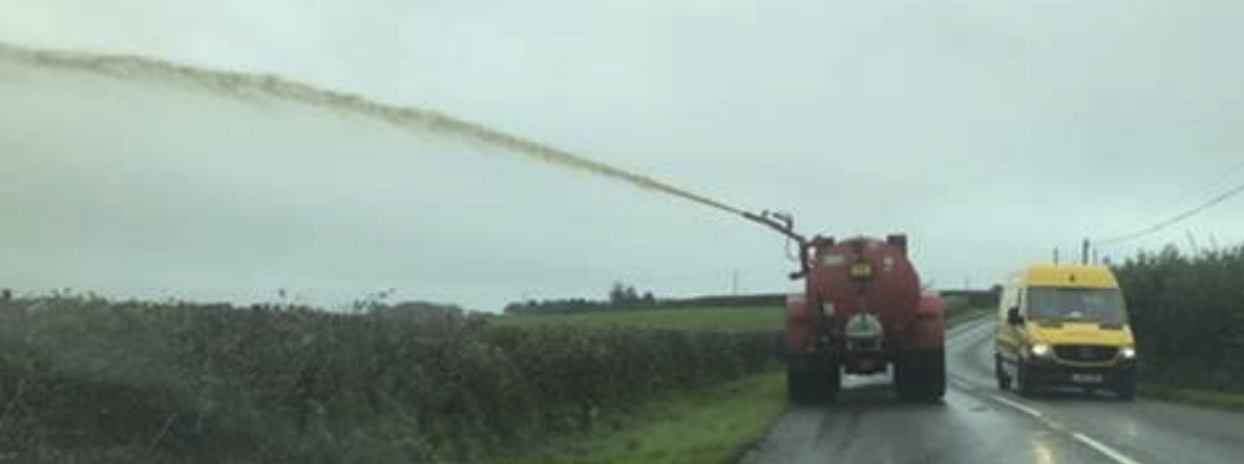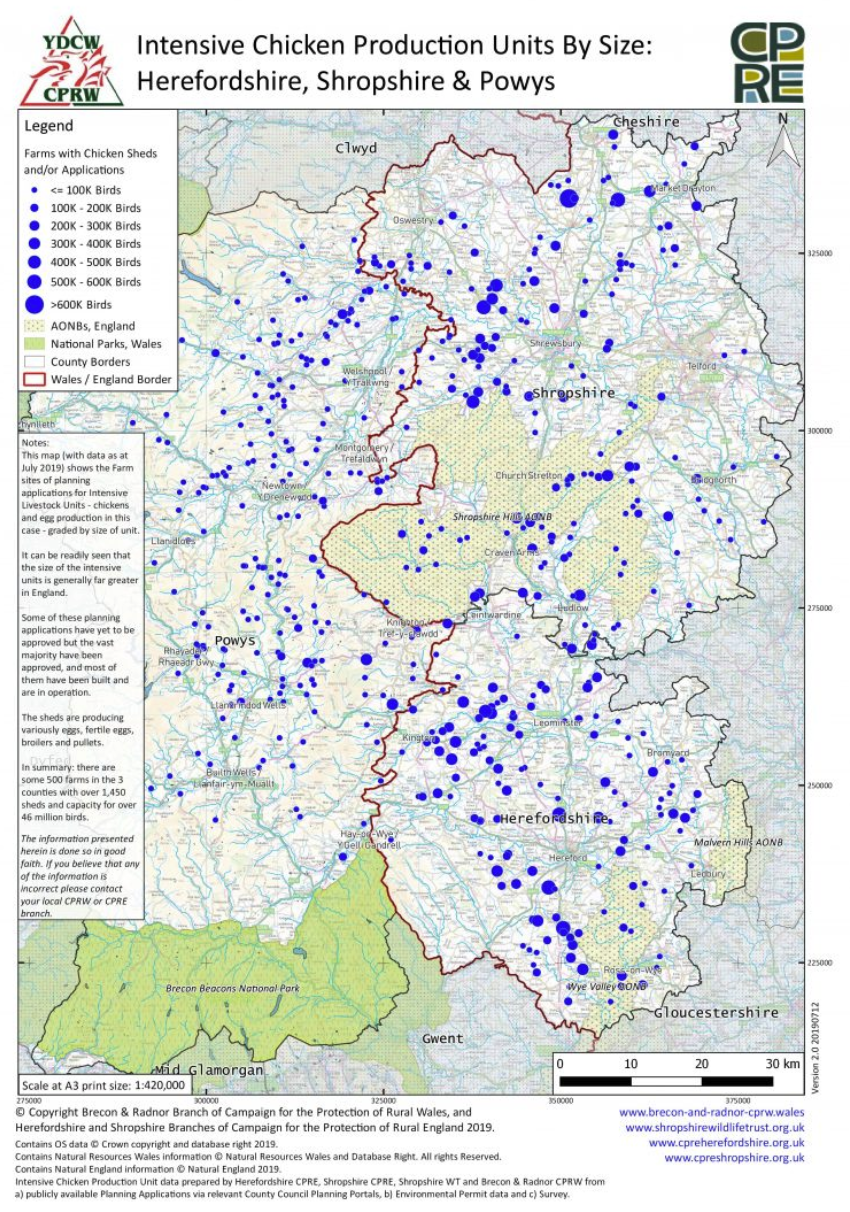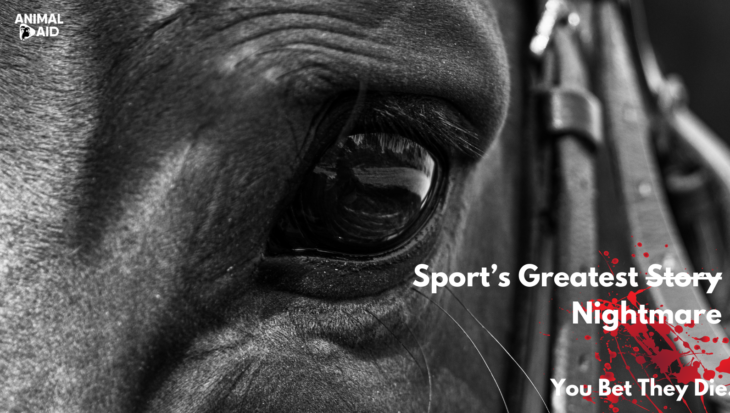Factory farming of animals produces 50,000 tonnes of waste per day (that’s over 100 double-decker buses every hour!) which contains harmful pollutants. This waste can get spread on fields as fertiliser, seeping into the soil and ending up in our waterways, or it can leak directly from slurry tanks on farms.
This World Rivers Day, the current health of the UK’s waterways is stark. Only 14% of rivers and lakes in England meet the criteria for good ecological health, and 60% of species who live in rivers are declining in population.
Dairy is damaging our waterways
Agriculture is the largest single source of river pollution in the UK* and dairy farming alone accounts for 75%. In fact, findings taken from the Environment Agency show that most UK dairy farms are not compliant with anti-pollution regulations, risking vast quantities of slurry spilling into waterways.
In Devon – which is home to more cattle than any other county in England – a 2022 report found that 95% of dairy farms were in breach of environmental regulations and half were actively polluting a waterway at the time of inspection. Some of these farms had recently intensified their operations (e.g. more cows, indoor housing) but not updated their slurry storage facilities, allowing it to escape into local ecosystems.
As well as impacts on the environment, animal farming also causes immense individual suffering, with dairy cows being among the most exploited animals on farms today: for up to five years, she’ll endure a near-constant cycle of pregnancy, birth and milking. Only once her body can no longer cope (e.g. she is too lame to walk to the milking unit or unable to give birth without help) will she be sent to slaughter. Read more.
*In this context, “agriculture” includes pollution from both animal farming and the farming of arable land. Importantly, around half of the UK’s arable land is used to grow feed for farmed animals so ends up back on livestock farms anyway.
